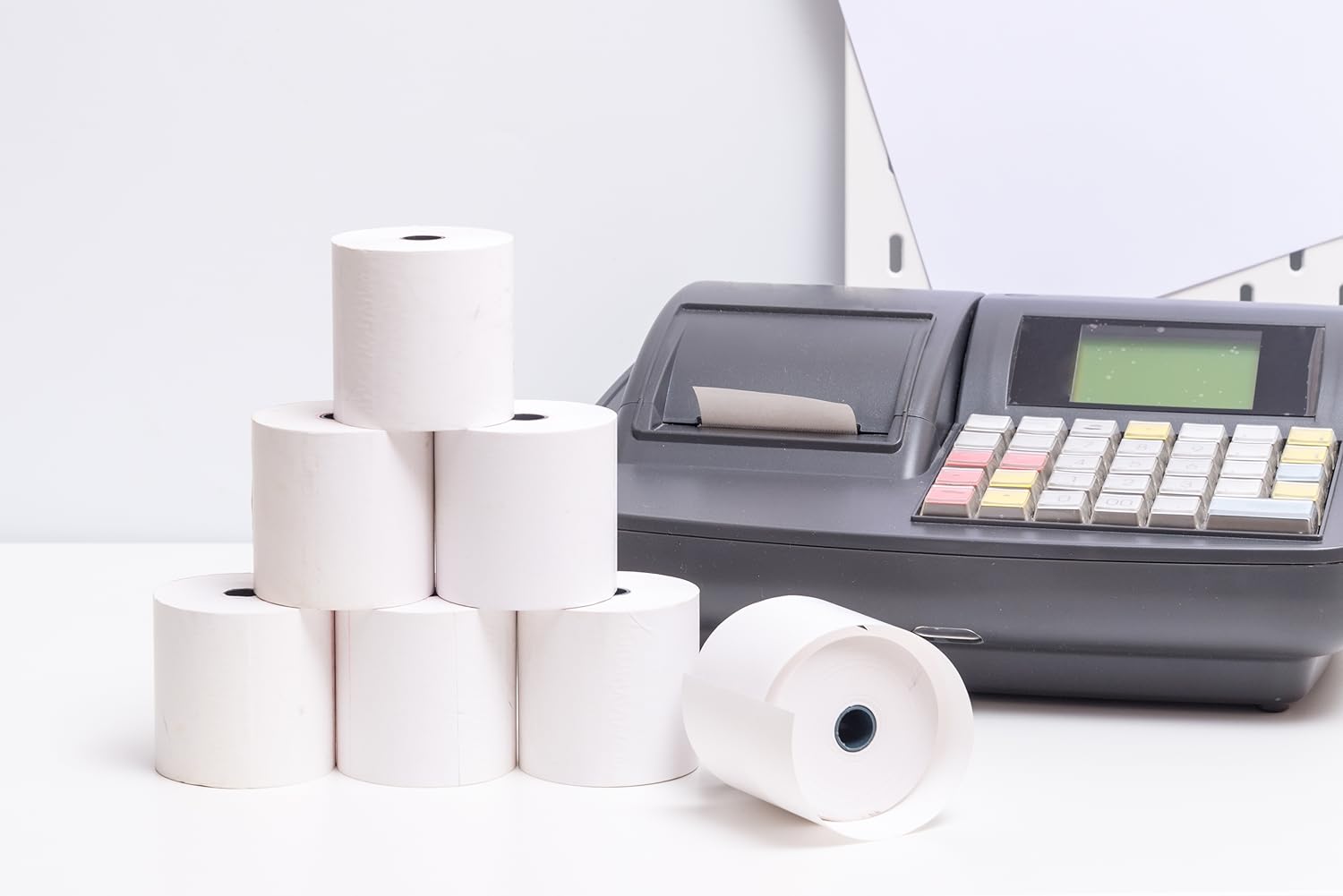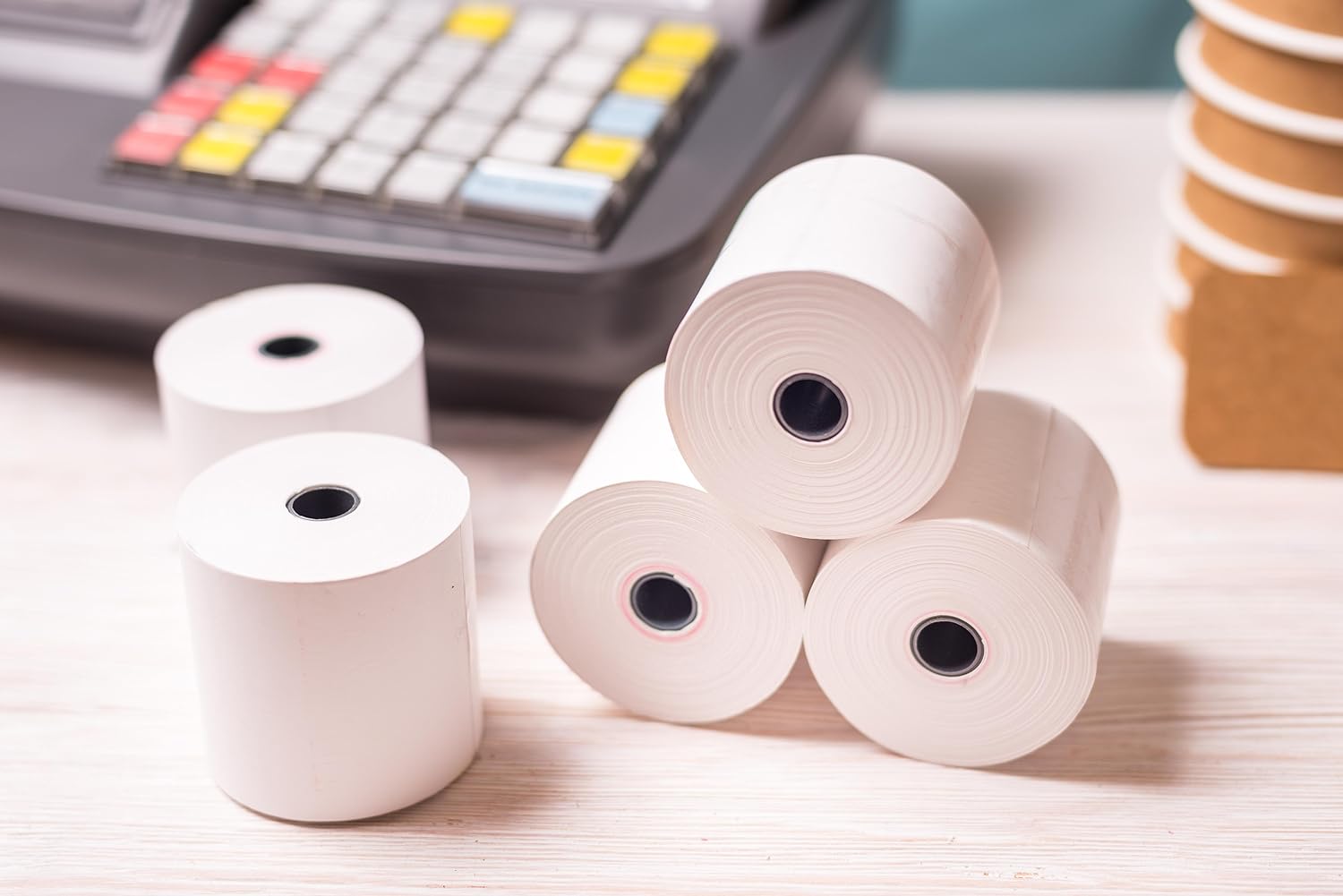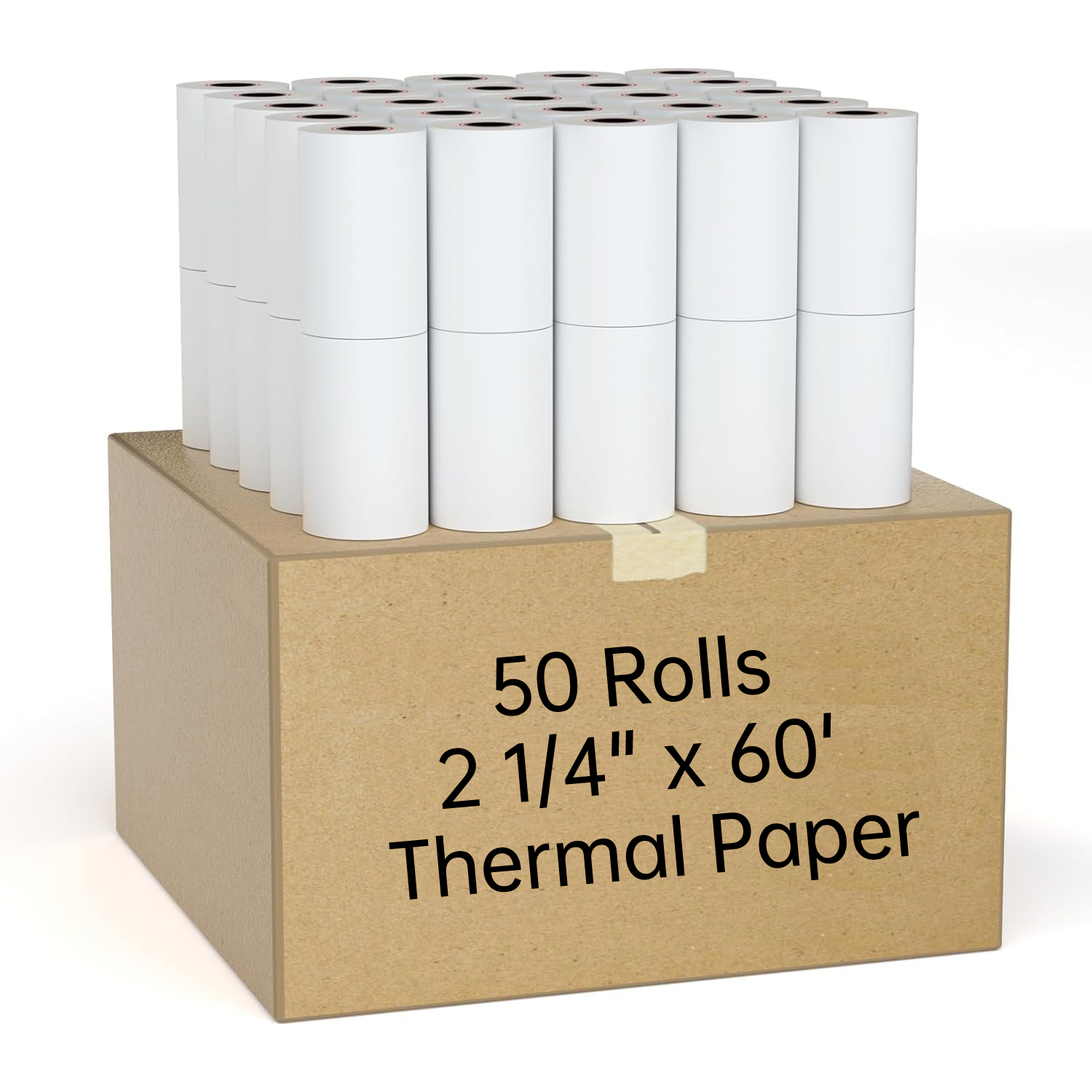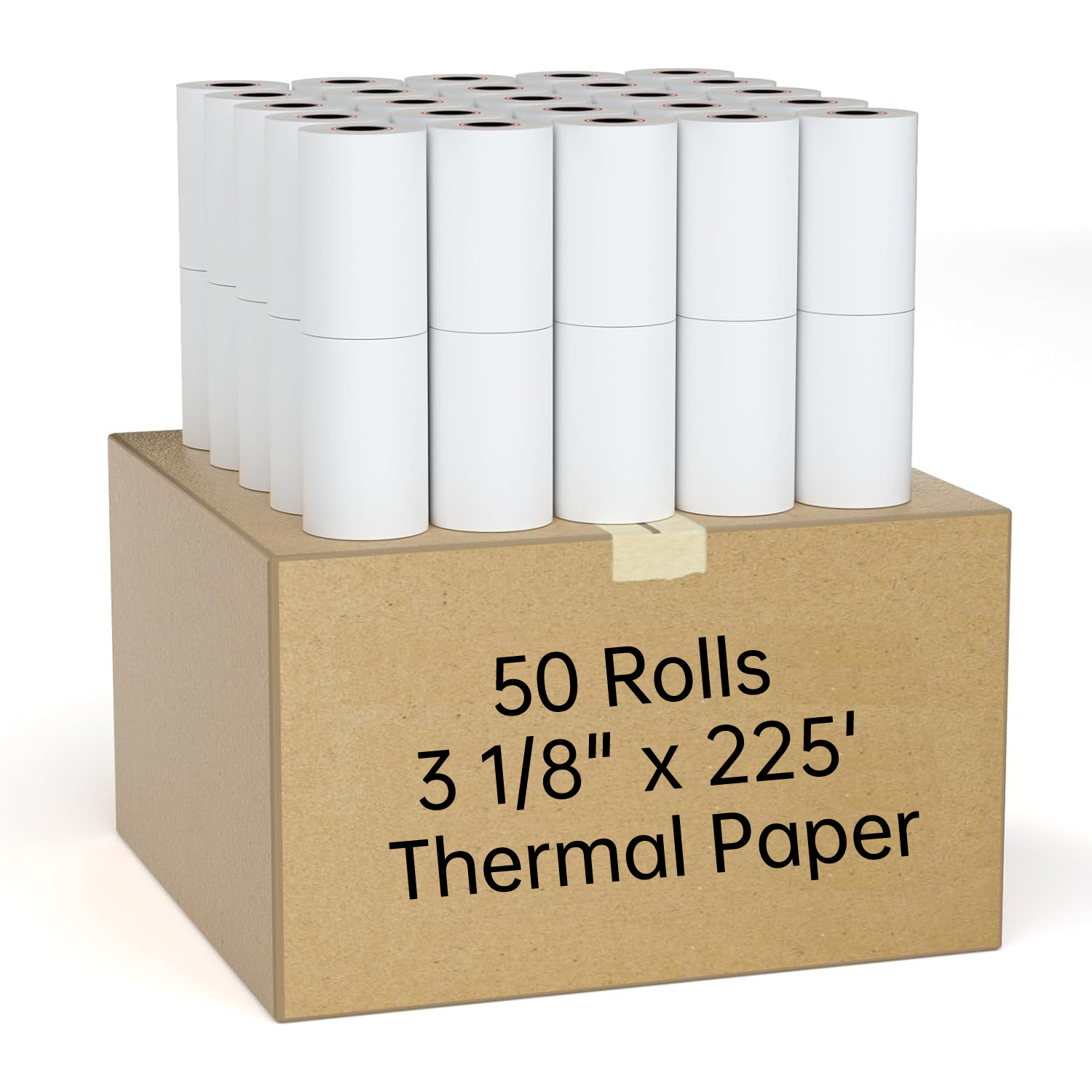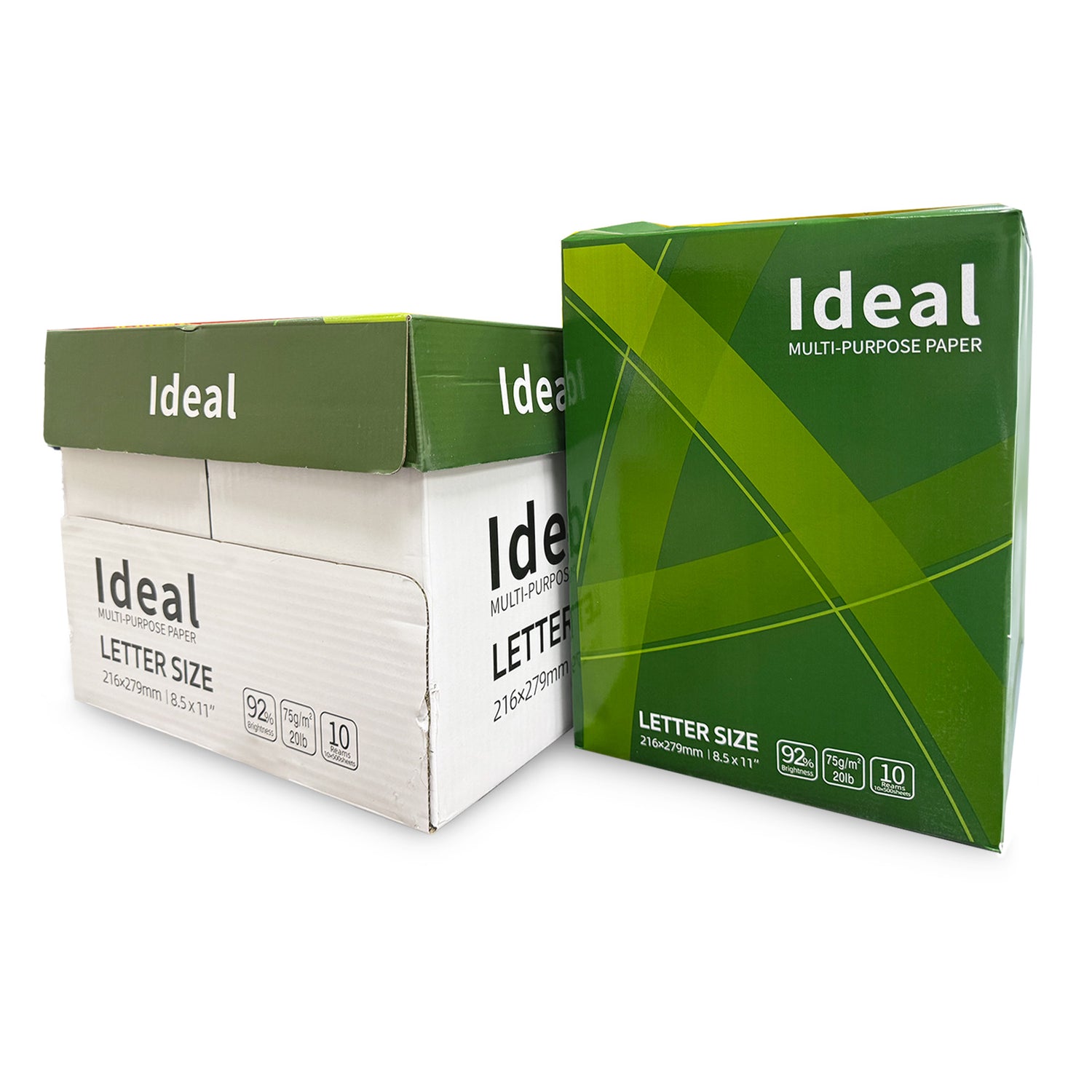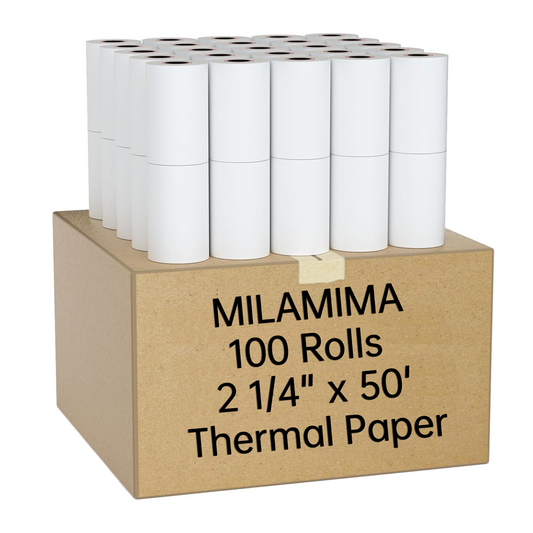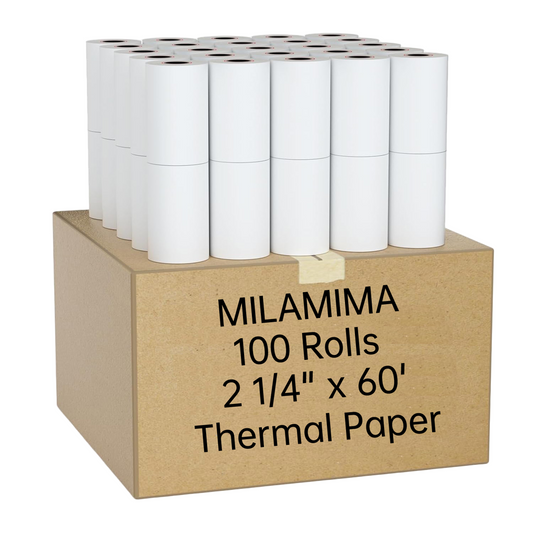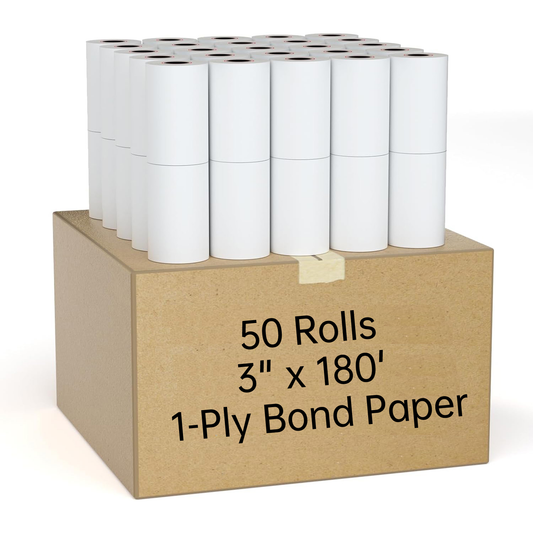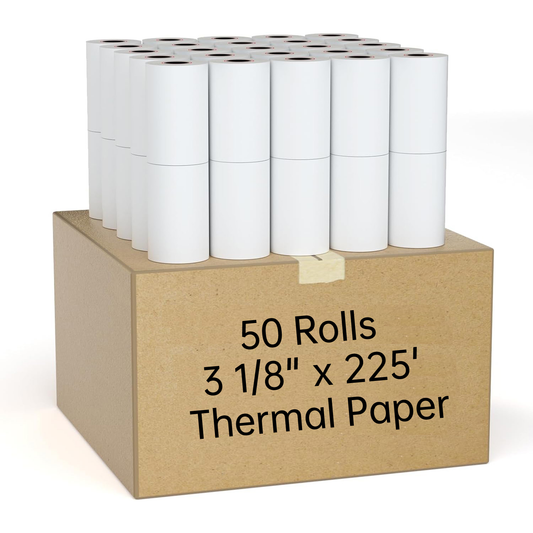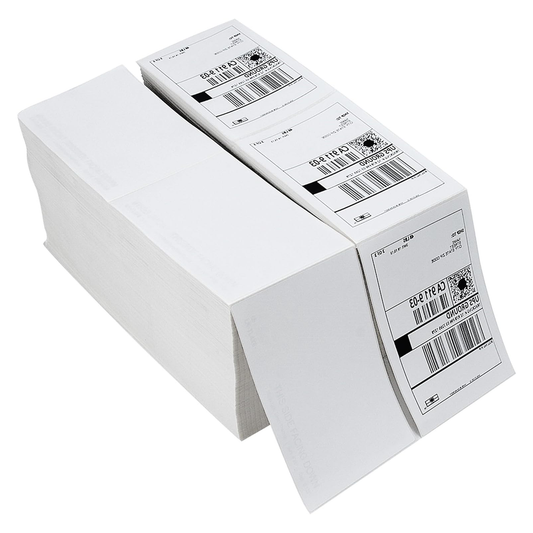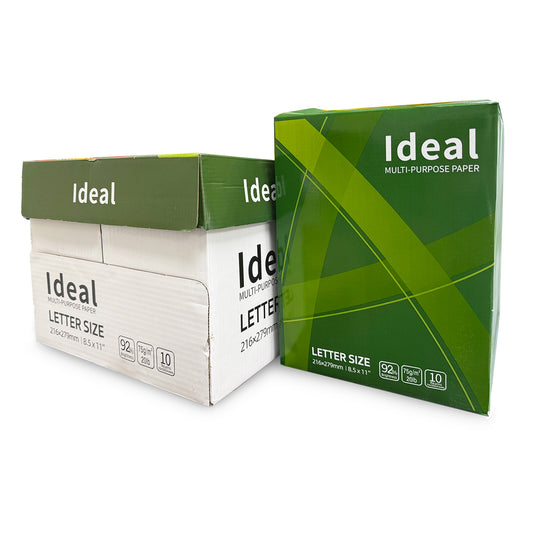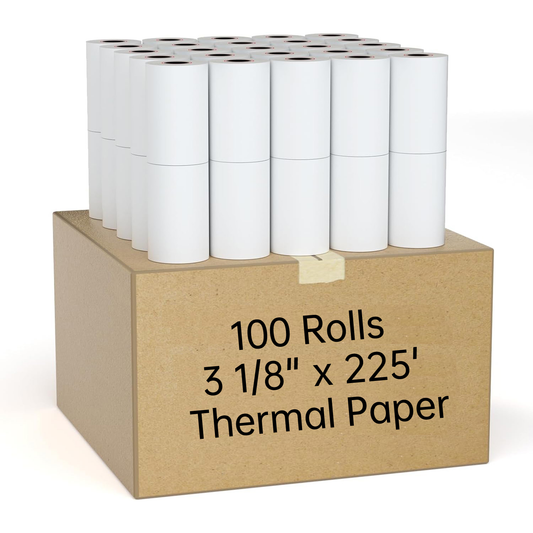Binoculars are essential tools for birdwatching, stargazing, hunting, and even enjoying sporting events from a distance. Whether you're a novice or seasoned enthusiast, understanding how to choose, use, and care for your binoculars can enhance your outdoor experiences significantly. In this comprehensive guide, we'll delve into everything you need to know about binoculars.
1. Choosing Binoculars:
- Magnification: The first number in the binoculars' specification (e.g., 8x42) indicates the magnification.
- Objective Lens Diameter: The second number (e.g., 8x42) refers to the diameter of the objective lenses in millimeters.
- Field of View: Consider the field of view, which determines how wide an area you can see at a specific distance.
- Size and Weight: Choose binoculars that are comfortable to hold and carry.
- Prism Type: Binoculars can have either roof or porro prisms.
2. Using Binoculars:
- Focusing: Most binoculars have a central focusing wheel to adjust both barrels simultaneously.
- Adjusting Eyecups: If you wear glasses, retract the eyecups for comfortable viewing.
- Stabilizing: Support your elbows on a stable surface or use a tripod for prolonged viewing sessions.
3. Understanding Binoculars:
- How They Work: Binoculars use a combination of lenses and prisms to magnify and focus light.
- Deciphering Numbers: The numbers on binoculars indicate magnification and the diameter of the objective lenses.
4. Maintenance and Care:
- Cleaning: Use a soft brush or compressed air to remove dust and debris from the lenses and body.
- Storage: Store binoculars in a dry, cool place away from direct sunlight and extreme temperatures.
5. Frequently Asked Questions:
- Best Binoculars: The best binoculars vary depending on your specific needs and budget.
- Inventor of Binoculars: The binoculars' invention is often credited to Hans Lippershey, Zacharias Janssen, or Cornelis Drebbel.
- Bringing Binoculars on a Plane: Yes, you can bring binoculars in your carry-on luggage when traveling by plane.
- Vortex Binoculars: Vortex binoculars are manufactured in various locations, including the United States, Japan, and China.
- Where to Buy: Binoculars are available at outdoor retailers, camera stores, and online marketplaces like Amazon and B&H Photo Video.
- Range of Vision: The distance binoculars can see depends on factors like magnification, lens quality, and atmospheric conditions.
6. Which is Better: 12x50 or 10x42 Binoculars?
- 12x50 Binoculars: Offer higher magnification and larger objective lenses for brighter images.
- 10x42 Binoculars: Provide a balance between magnification, field of view, and portability.
In conclusion, choosing the right binoculars involves considering factors like magnification, objective lens diameter, field of view, and prism type. With proper use and maintenance, binoculars can provide years of enjoyment and enhance your outdoor adventures. Whether you're observing wildlife, exploring the night sky, or enjoying a sporting event, a good pair of binoculars can make the experience truly memorable.

